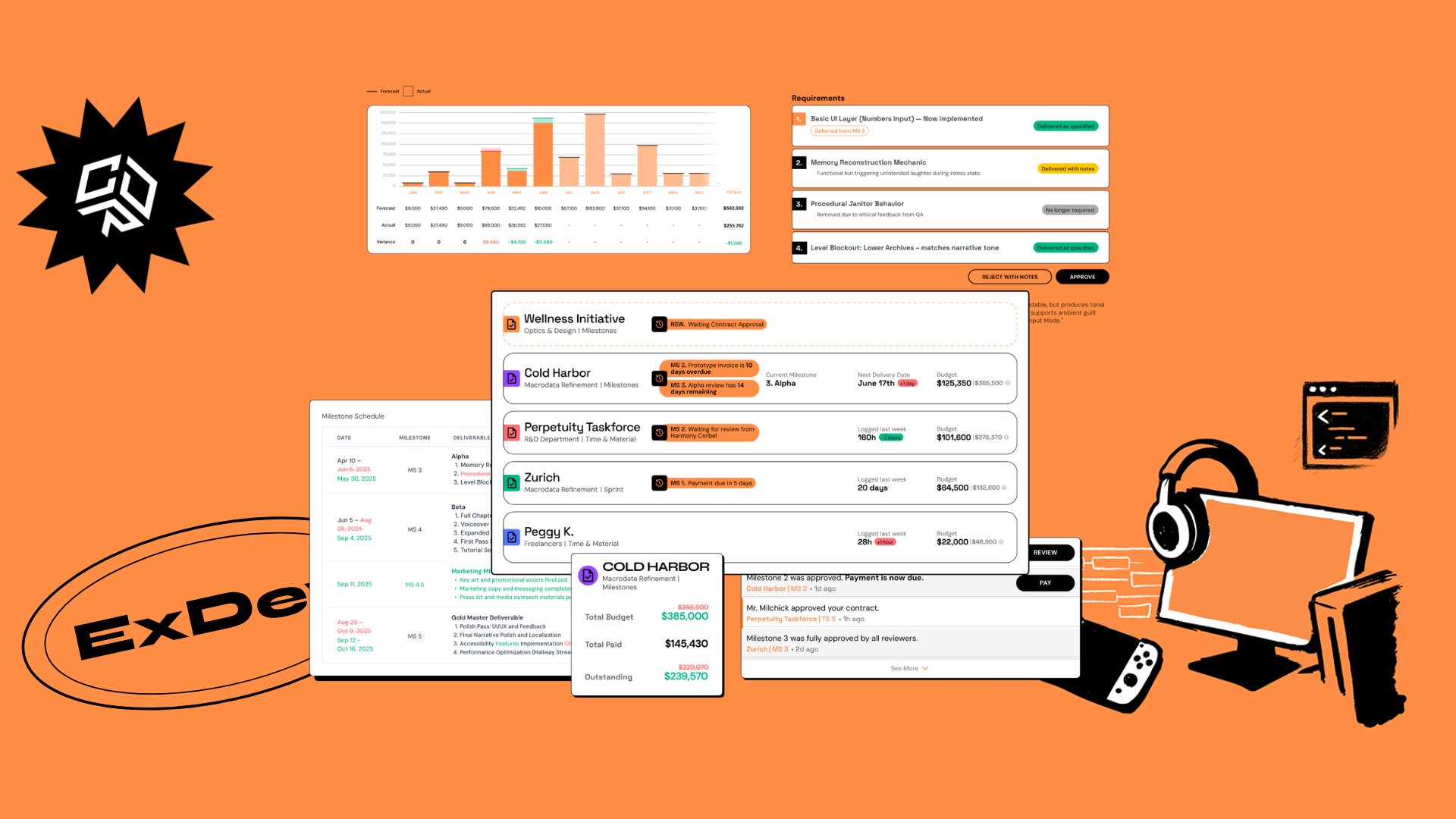I remember how excited I was when I first came across Sourcetable, a buzzy new startup that billed itself as an “AI-powered spreadsheet.”
I evaluate a lot of AI tools, and at the time I was deep in spreadsheet land and eager for help.
As a test, I uploaded ~2,000 rows of credit card transactions. Nothing complicated, just playing around.
My first prompt: “Sort the data by date.” Simple enough. But then…
The number of rows changed. The sum of my transactions changed.
In other words: it hallucinated my financial data.
Anyone who works with spreadsheets, especially for accounting, knows this is a cardinal sin.
That one experience was enough for me: I’ll never trust an AI-enabled spreadsheet again. At least not in the current paradigm, until the tech evolves significantly from where it is today.
Not Every Product Needs AI
Anyone who’s been paying close attention to AI knows exactly what I’m talking about.
There are a million AI startups out there, all with mind-blowing demos and futuristic sounding claims.
But when you actually try the product? It’s often clunky, unpredictable, and more work than just doing the task yourself.
It feels like we’re in the “Internet of Things” era of AI. People are jamming AI into everything, whether it makes sense or not.
And just like the original IoT craze, some internet enabled devices are genuinely useful, like security systems or thermostats (I still love being able to turn on the heat before I get home).
But others? Not so much. No one needs a Wi-Fi-enabled toaster. Better left simple, reliable and cheap.
The Paradigm Shift
With all the AI craziness, the real question leaders should be asking is: "What is the correct application?"
Not “How do we add AI to everything,” but “Where does AI’s unique strength deliver order-of-magnitude returns?”
I had my first holy-shit moment with AI development recently. A workflow I’ve done manually for over a decade was transformed. Easily 20x faster AND better.
Naturally, that led me down a rabbit hole: where else can AI deliver this kind of value?
4 Principles for Applying AI Where It Matters
Here are a few frameworks that guide how I think about AI at CDR:
1. Build the right frame.
Software is deterministic. You give it rules and data. It gives you the same answer every time. Perfect for spreadsheets, accounting, logistics.
AI is probabilistic. It predicts likely words based on patterns in data. That makes it an incredible tool for tackling open-ended, language-based problems and data tasks where quick approximate predictions are more valuable than slow, rigid precision.
2. Steer clear of legacy workflows.
As Peter Koomen argues in “Horseless Carriages”, many AI tools simply bolt new engines onto old applications rather than transforming work. (Advantage here: startups, who can build fresh w/o dependencies.)
3. Identify leverage points where ~95% is enough.
AI shines in areas where a strong first draft or rough clustering gets you most of the way. That last 5% of subtlety? Humans supply it. Which leads me to:
4. Embed people in the loop.
Craft the brief. Add context. Review outputs. Make decisions. Measure results. Tune the system. That layered, human-AI loop is how you turn fuzzy predictions into reliable business outcomes.
Human + AI = Results
AI won’t take your job, but it will reshape how many jobs are done. The real question isn’t whether roles will change, but how we adapt alongside them.
Leaders, teams, and individuals who take the time to understand this new paradigm will unlock incredible leverage. Those who lean in early will be best positioned as the landscape evolves.
We’ve already seen this play out in fields like radiology, held up for years as a poster child for AI-driven obsolescence. In 2016, Geoffrey Hinton famously said we should “stop training radiologists now,” predicting AI would outperform them within five years.
Today, radiologists are not only still here, they’re thriving. According to The New York Times, the Mayo Clinic now uses over 250 AI models across its imaging workflows, and the radiology department has grown by 55% since Hinton’s prediction.
As the Mayo Clinic’s Dr. John Halamka put it:
“Five years from now, it will be malpractice not to use A.I. But it will be humans and A.I. working together.”
Closing Thoughts
I know this is a little outside the typical world of external development. But with a shift as big as AI, it touches everything. And everyone.
I’m genuinely excited about the future. Whether you're building games, tools, or teams - every business leader should be asking: Where does AI actually make us faster, better, more effective?
But...I’m also a little sad that AI is arriving in a moment so dominated by cost-cutting.
And while some of that is inevitable, I worry many will miss the bigger opportunity. Because the real promise of AI isn’t just doing things cheaper. It’s doing things better. It’s unlocking creativity, speed, insight, possibility. That’s the part that excites me.
I’ve always loved building. Helping teams build. Reimagining how we work, create, and collaborate.
AI has the potential to reshape everything. The question is: what will we choose to build with it?




